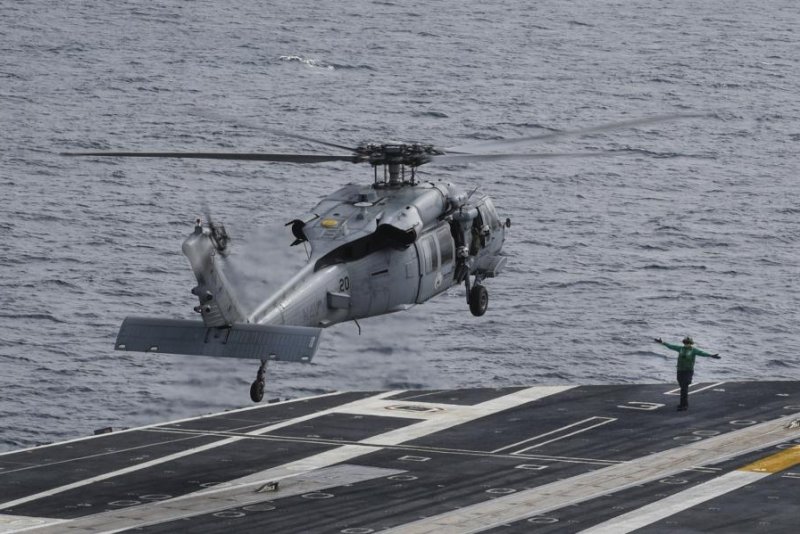SYRACUSE, N.Y., Jan. 13 (UPI) -- Lockheed Martin is to provide enhanced electronic warfare surveillance and countermeasure capabilities against anti-ship missiles to U.S. Navy helicopters.
The system to be hosted by MH-60R or MH-60S Seahawk aircraft is the Advanced Off-Board Electronic Warfare (AOEW) Active Mission Payload AN/ALQ-248, is a self-contained electronic warfare pod, Lockheed Martin said.















